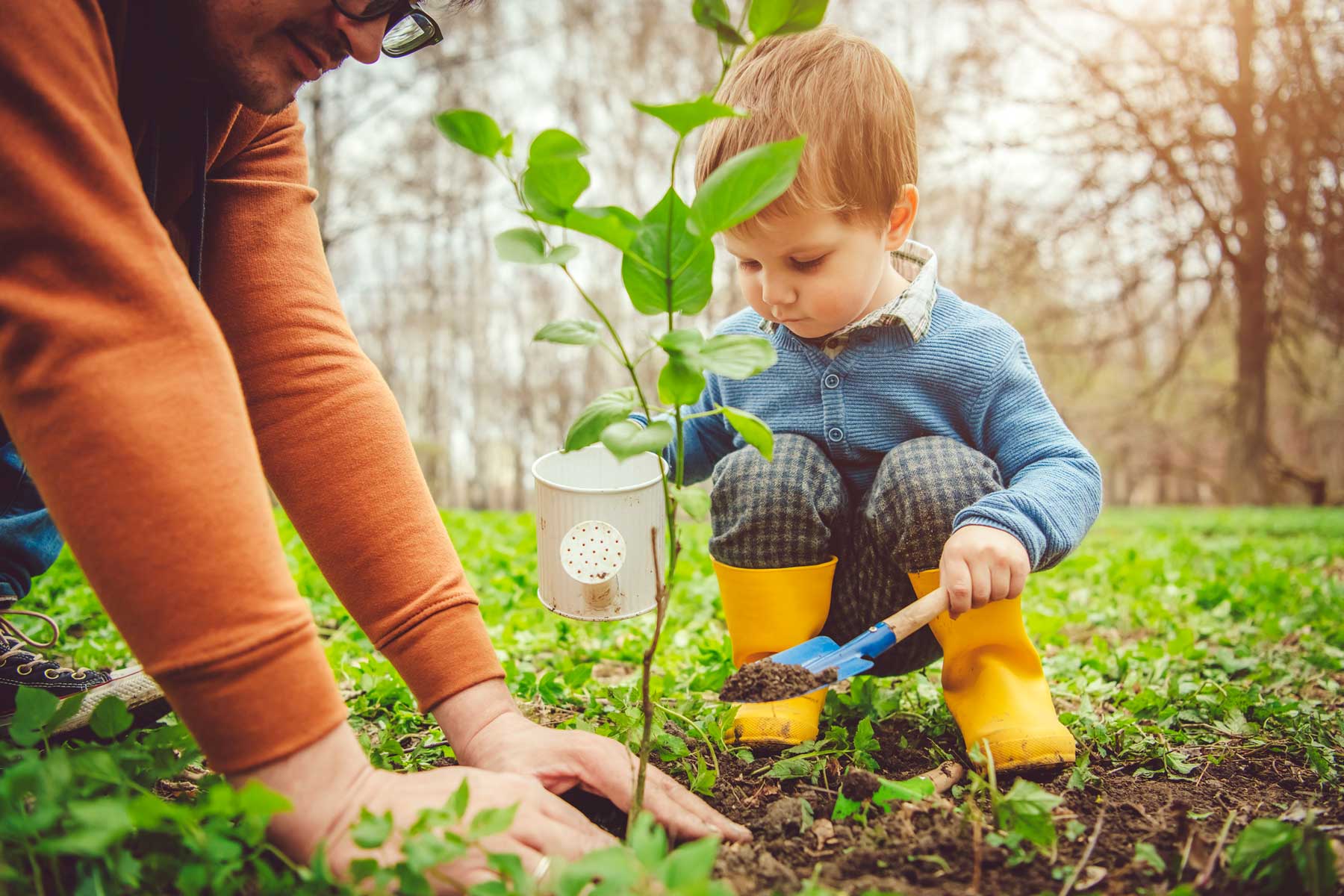Nature Scavenger Hunt
In this lesson, the children will explore their outdoor environment on a scavenger hunt to find and classify different natural materials.
Content Area:
Curiosity and Wonder
Learning Goals:
This lesson will help toddlers and preschoolers meet the following educational standards:
- Demonstrate curiosity about the world and begin to use the practices of science and engineering to answer questions and solve problems
- Explore concepts and information about the physical, earth and life sciences
Learning Targets:
After this lesson, toddlers and preschoolers should be more proficient at:
- Developing and using models to represent their ideas, observations and explanations through approaches such as drawing, building or modeling with clay
- Collecting, describing, comparing and recording information from observations and investigations
- Identifying, describing, and comparing the physical properties of objects

Nature Scavenger Hunt
Lesson plan for toddlers/preschoolers
Step 1: Gather materials.
- Nature Scavenger Sheet handout
- Writing utensil
- Clipboard or something to write on (optional)
Note: Small parts pose a choking hazard and are not appropriate for children age five or under. Be sure to choose lesson materials that meet safety requirements.
Step 2: Introduce activity.
- Describe what a scavenger hunt is and tell the children that today they are going to be nature detectives.
- Introduce the Nature Scavenger Hunt handout. Review the objects that the children will search for on their scavenger hunt. Be sure to go over objects that the children may not be familiar with (such as acorns, pine needles, moss, pine cones, vines or ant hills).
- Discuss ways that we can use our senses to explore our surroundings, including seeing, touching, smelling and hearing.
Step 3: Engage children in lesson activities.
- After the children review the items on the handout, they are ready to head outdoors to explore.
- Instruct the students, who can work individually or in groups, to search for the scavenger hunt items in the environment.
- Offer clues if the children are having a difficult time, such as “I see something red under the tree.”
Step 4: Vocabulary.
Classify: To arrange objects by rules or shared attributes or characteristics
Conclude: To make statements about what was learned after an observation or experiment
Data: Information that is collected through a study or an investigation
Observe: To watch and document an item to gather information
Step 5: Adapt lesson for toddlers or preschoolers.
Adapt Lesson for Toddlers
Toddlers may:
- need hints if they are having a hard time locating objects
- need a shorter scavenger hunt list with 3-4 items (pick a specific topic, such as “things that fly”)
Child care providers may:
- Break the hunt down into a hunt for a specific object: Say something like: “Find something that is a certain color, dry, wet, shiny, crawls, that blows in the wind, etc.)
Adapt Lesson for Preschoolers
Preschoolers may:
- Participate in a group walk around the neighborhood to find more objects
- Find things in categories, such as items with bark, items that are high up, items with branches, types of flowers or something with seeds
Child care providers may:
- Consider “planting” natural materials in your outdoor classroom if they are not already there
Suggested Books
- Explorers of the Wild by Cale Atkinson.
- Hi, Butterfly by Taro Gomi
- Hike by Peter Oswald.
- The Hike by Alison Farrell
- Up and Down by Kate Messner
Music and Movement
- Incorporate music into your science lesson with these songs about the parts of a tree, the seasons, numbers and more!
Outdoor Connections
- This is a great outdoor activity to get children outdoors and connected to nature. Consider creating other scavenger hunt lists that focus on specific categories, colors, sounds or smells.
Web Resources
- Our friends over at the Buggy and Buddy blog have created a wonderful list of more than 30 free scavenger hunts, including this color scavenger hunt printout and this outdoor scavenger hunt printout.
- KCEdventureKids has a free winter scavenger hunt printout available.
Comment on this lesson